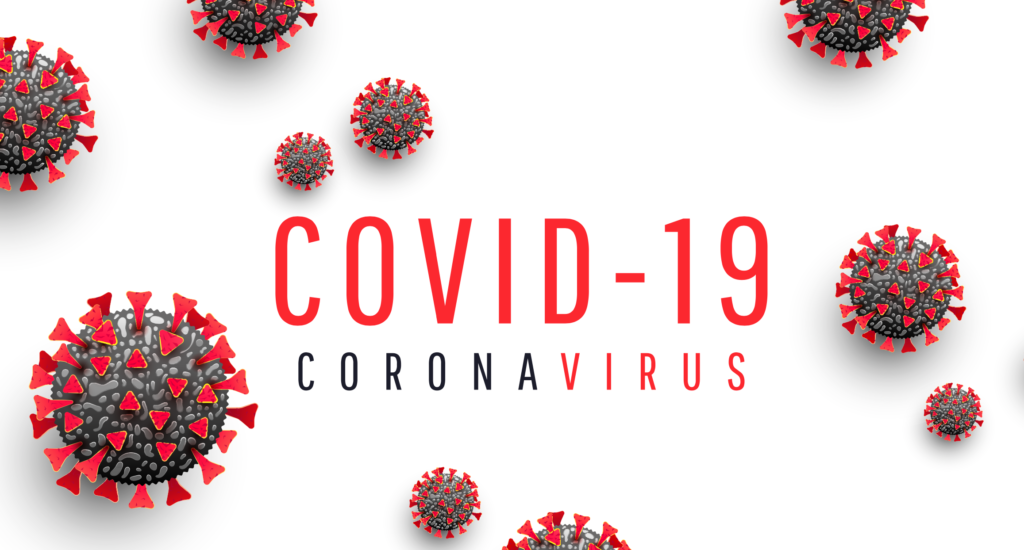Written by: @kristenshylin_
“The virus has, under selection pressure, made itself more stable,” scientist Michael Farzan said.
This month, the Scripps Research Institute scientific team published online that the mutant virus infects cells at a higher and more efficient rate.
Scripps Research Institute is a facility where principal investigators and scientists collaborate to study diseases and curate suitable treatments.
Senior author of the online publication Hyeryun Choe told Newsweek that the mutation stabilizes the spike protein and increases the number of spike proteins on the virus.
Increasing the number of stable spike protein makes it easier for the mutant virus to attach and infect target cells, Choe said
Choe and Michael Farzan, co-author of the publication, have worked alongside one another nearly 20 years studying coronaviruses.
Choe and Farzan immediately started researching the structure of the virus when COVID-19 first surfaced. Choe said the two of them began to search for possible weak spots, but instead, their team discovered a new form of the virus.
As time passed, the virus began to grow stronger, creating a mutated form, Choe said.
According to Newsweek, by May, the Scripps Research Institute found that the mutation was present in 70 percent of virus sequences reported to GenBank.
GenBank is a database that provides open access to available nucleotide sequences. Before last month, the Scripps Research team found no evidence of the mutation reported to the genetic database.
“Over time, it has figured how to hold on better and not fall apart until it needs to,” Farzan stated in his team’s news release.
The stability of COVID-19 allows the virus to spread from one person to another smoothly, the group said.
Choe said the mutated strain already has a prominent presence in the U.S. She also expects to see an increase in more infection cases due to government leaders’ efforts to ease restrictions.



